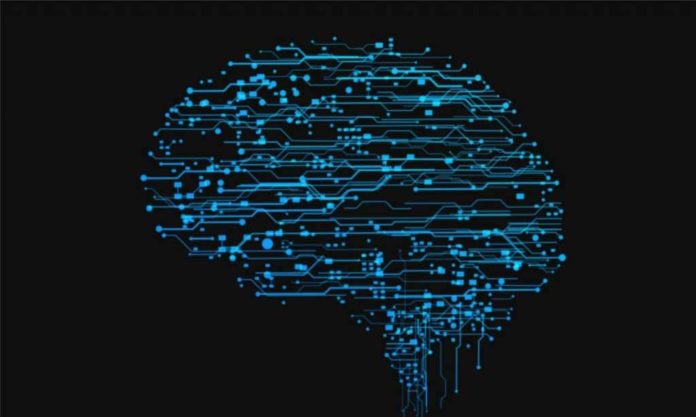For the first ever time, scientists could potentially detect different types of learning by the brain-wave patterns. With the help of different neural signatures, scientists could find how we both learn motor skills and work on complex cognitive tasks.
Earl K. Miller, the Picower Professor of Neuroscience said, “When neurons fire, they produce electrical signals that combine to form brain waves that oscillate at different frequencies. Our goal is to help people with learning and memory deficits. We might find a way to stimulate the human brain or optimize training techniques to mitigate those deficits.”
Using these neural signatures, scientists identified changes in learning strategies that occur in diseases such as Alzheimer’s.
Milller said, “We used to think all learning was the same until we rehearse patients such as the famous Henry Molaison or “H.M.,” who developed severe amnesia in 1953 after having part of his brain removed in an operation to control his epileptic seizures. Molaison couldn’t remember eating breakfast a few minutes after the meal, but he was able to learn and retain motor skills that he learned, such as tracking objects like a five-pointed star in a mirror.”
“H.M. and other amnesiacs got better at these skills over time, even though they had no memory of doing these things before.”
The classification suggested brain participates in two sorts of learning and memory- explicit and implicit.
The explicit learning is you have conscious awareness of what you are learning during thinking and you can express what you’ve realized. It is like memorizing a long passage from the book.
In contrast, the implicit learning is what you may say the kind of learning that you don’t have conscious access to. It is like learning to ride a bicycle.
Scientists primarily studied the learning behavior in animals while doing different tasks. They noticed distinct tasks require either explicit or implicit learning. In tasks that require comparison, indicating an explicit form of learning. On the other hand, in a task where the animals learned to move their gaze one direction or another in response to different visual patterns, suggesting implicit learning.
Such distinct behavior is actually driven by different patterns of brain waves.
Scientists noted, “During explicit learning tasks, there was an increase in alpha2-beta brain waves (oscillating at 10-30 hertz) following a correct choice, and an increase delta-theta waves (3-7 hertz) after an incorrect choice. The alpha2-beta waves increased with learning during explicit tasks, then decreased as learning progressed.”
“There were also signs of a neural spike in activity that occurs in response to behavioral errors, called event-related negativity, only in the tasks that were thought to require explicit learning.”
Miller said, “The increase in alpha-2-beta brain waves during explicit learning “could reflect the building of a model of the task. And then after the animal learns the task, the alpha-beta rhythms then drop off, because the model is already built.”
In contrast, delta-theta rhythms just expanded with amend answers amid a certain learning undertaking, and they diminished amid learning. This pattern reflects neural “rewiring” that encodes the motor skill during learning.
Scientists suggest these neural signatures is particularly helpful in forming how we instructor prepare a man as they take in a particular assignment. It could also help detect disorders such as Alzheimer’s disease at an earlier stage.
